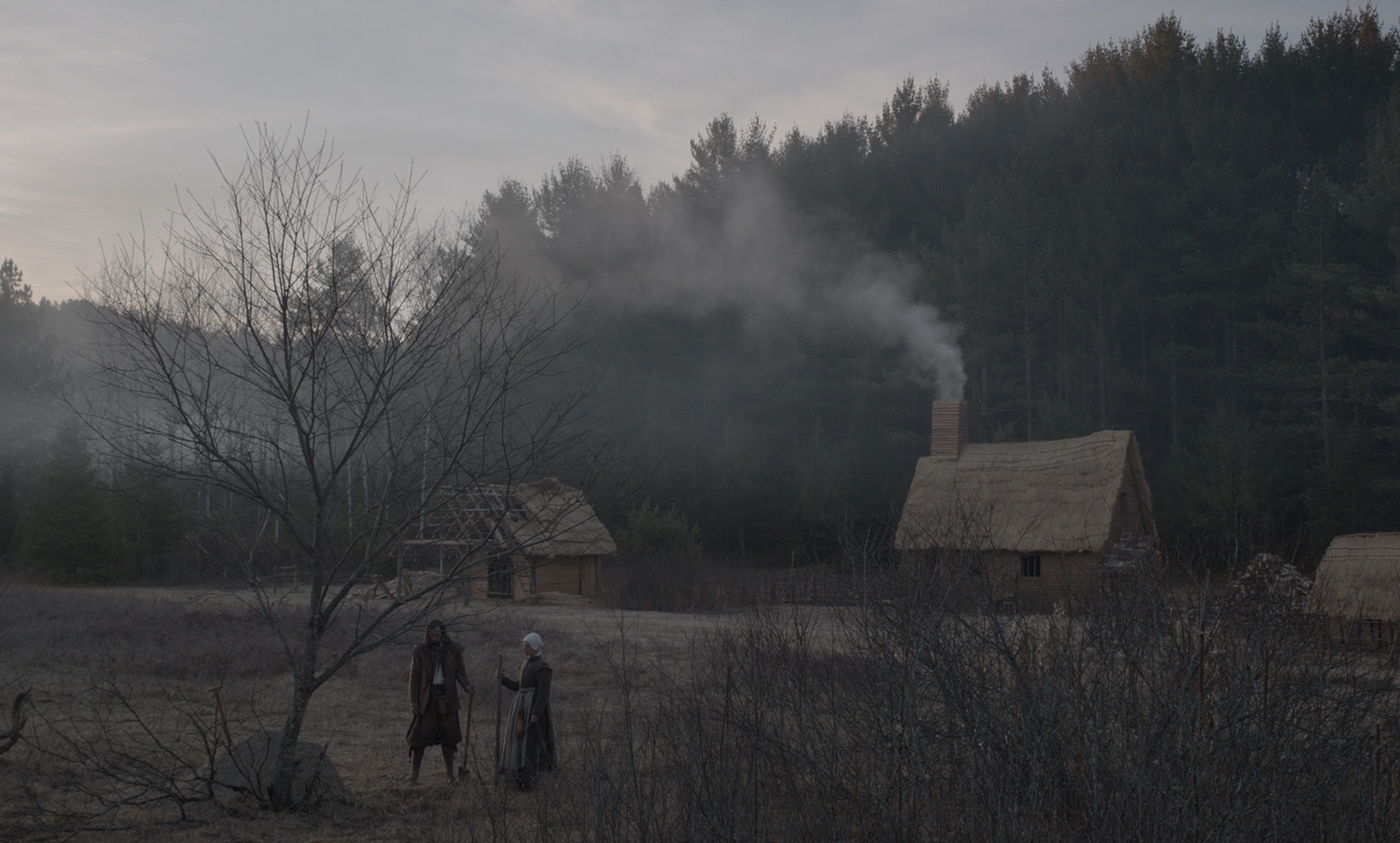The Witch, a period horror film, is exactly what the genre needs
Several times in the past decade, an independent horror film came along and put to shame any studio-made competition. In fact, all you have to do in order to understand what makes The Witch so unusual and compelling is sit through the previews that precede it. Robert Eggers, a first-time director, has admitted in an interview with Vice to not being particularly fond of horror, and perhaps that’s exactly what the genre needs. When a genre stops reinventing itself, it dies—and fresh blood usually comes from outside the system, not from within.
Adapted from various folktales and records of 17th century New England, The Witch follows a family so deeply religious that they can no longer remain part of their community. Having moved away to the edge of a forest, they start a new life of farming, following scripture the way William (Ralph Ineson), the Puritan father, has interpreted it.
This should be their Eden, but something feels very wrong. Their newborn child disappears midway through a game of peek-a-boo. Their crops start dying. Even the littlest of animals carry an air of menace. Members of the family turn against each other as the oldest daughter, Thomasin (Anya Taylor-Joy), is suspected of being a witch. It is not clear whether the darkness that eventually engulfs these people has arisen from their obscurantist ways or from the ominous forest that looms over them.
The time period works like a charm. The setting alone—one in which illnesses would be treated with bloodletting—is inherently troubling, and if supernatural elements are so much easier to accept when they are set in the distant past, maybe that’s because witchcraft and dark magic really were part of people’s reality in those ages. The film treats superstition as fact because it was commonly accepted as such, which makes for an impressive blending of myth and reality. The sense of authenticity is reinforced by Eggers’ fine ear for old English speech and accents, as well as a remarkable amount of period detail—even the title gets spelled “VVitch” with two “v”s for additional accuracy.
As a horror film, it unsettles more than it terrifies. Working insidiously, like a slow, steady crescendo of impending doom, it lures you in not with jump scares or gore, but with haunting imagery, shocking for its use of both animals and children. The Witch shares Antichrist’s representation of nature as “Satan’s church,” to quote the latter film, but is made with a puritanism not unlike that of its characters. Too often, it teases you with mystery and unease, not always delivering on its promises. Only in its striking conclusion does it finally take the step from the mainstream to the arthouse.
Part of Egger’s art is in putting this near-Shakespearean tragedy in place. First leaving England for a still-unknown New World, and then preferring self-exile to compromise, the patriarch runs his family into a dead-end by pridefully renouncing civilization. Totally isolated in the permanent twilight that they inhabit, the characters find themselves in a place of faith and sin, reality and nightmare, and sometimes just unmistakable but undefinable creepiness. You’re not sure you feel for them, but you might not want to leave their side to wander into these deep dark woods.
Release date: Feb. 19, 2016
Directed by: Robert Eggers
Starring: Anya Taylor-Joy, Ralph Ineson, Kate Dickie, Harvey Scrimshaw
Stars: 4





